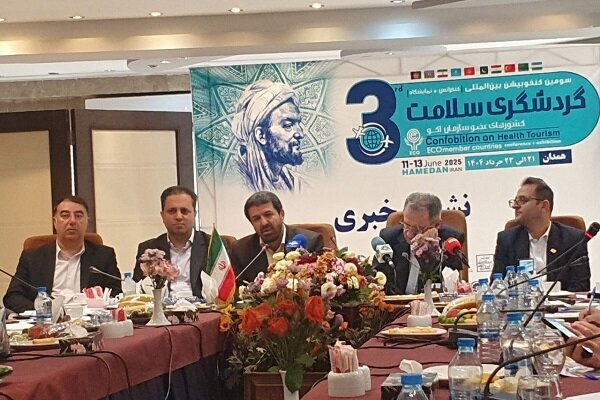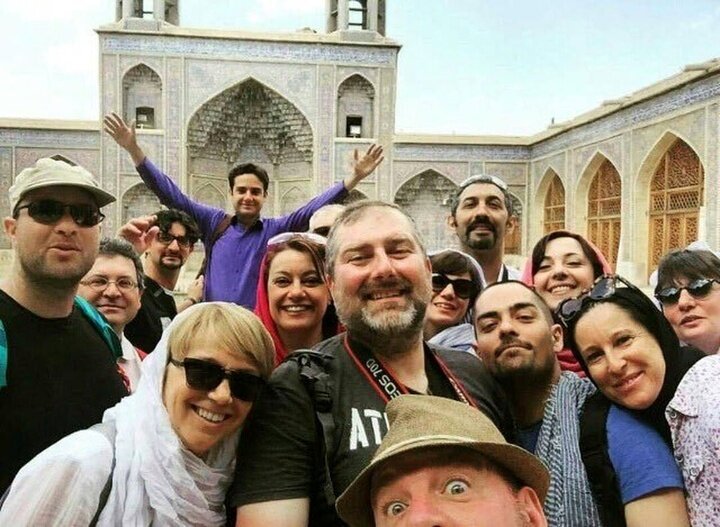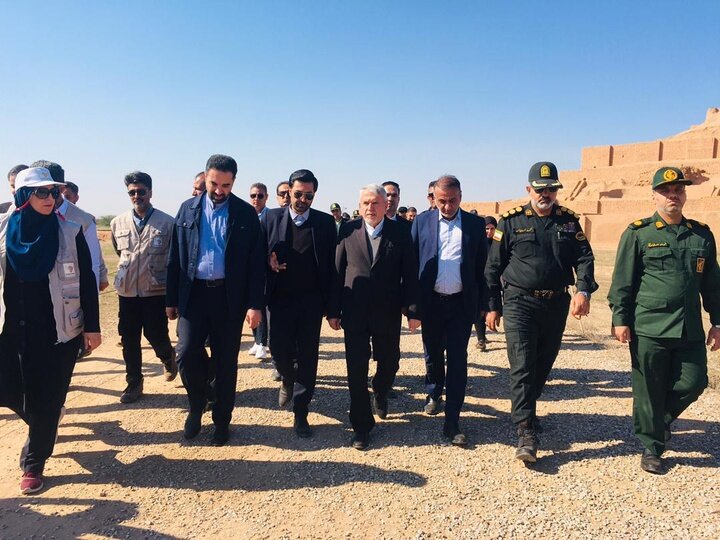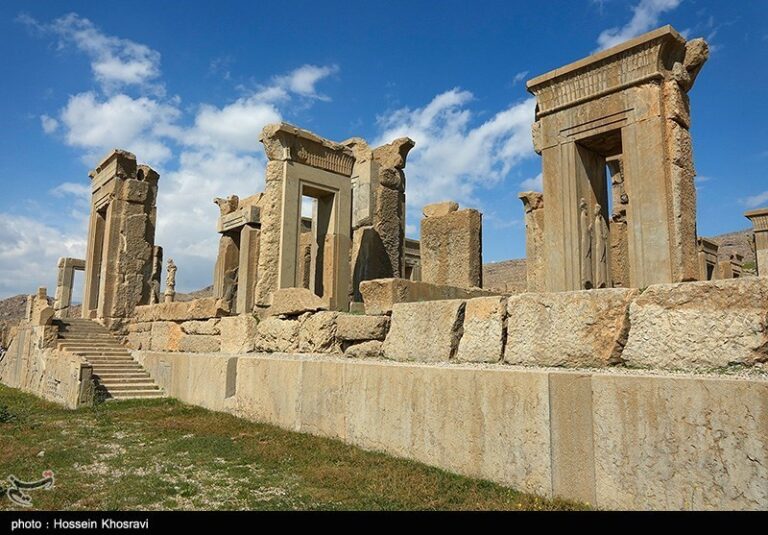
Similar Posts

Unveiling Iran: The Untold Story of Security, Hospitality, and Rich Ancient Heritage Beyond Western Media
Iran is often misrepresented by Western media, overshadowing its rich history, warm hospitality, and stunning attractions. Contrary to perceptions of insecurity, many travelers share positive experiences. Greek traveler Areia noted the orderly atmosphere upon arrival, while Italian tourist Lara praised the kindness of the people. Visitors like Canadian Michelle and Spanish Carlos highlighted Iran’s safety, challenging negative stereotypes. The country’s historical and cultural treasures, such as the ancient ruins of Takht-e Jamshid, further captivate tourists. Many leave transformed, becoming ambassadors for Iran, reshaping perceptions through firsthand experiences of its beauty and hospitality.

Yazd Aims for Global Spotlight with Exquisite Traditional Jewelry
Yazd, a UNESCO World Heritage site, is poised to gain recognition as a World City of Traditional and Handcrafted Jewelry by the World Crafts Council (WCC). A WCC delegation recently visited to assess Yazd’s suitability for this title, emphasizing the city’s rich cultural heritage and skilled artisans. Deputy Minister Maryam Jalali-Dehkordi highlighted the integration of traditional crafts with modern technologies to enhance market reach. Governor Mohammadreza Babaei expressed hope that this designation would boost the local economy and cultural standing. Yazd’s jewelry-making, known as Zargari, has a 2,000-year history and is renowned for its unique techniques and high-quality materials.

Tourism Minister Explores Susa’s Rich Heritage: A Glimpse into its ‘Glorious’ World Heritage Status
Iran’s Minister of Cultural Heritage, Seyyed Reza Salehi-Amiri, visited the UNESCO World Heritage site of Susa, emphasizing its universal significance and role in Iranian identity. He described Susa as “the land of mysteries,” highlighting its importance to humanity and calling for educational initiatives to promote its history among younger generations. Salehi-Amiri advocated for improved infrastructure and greater media efforts to enhance Susa’s global image, while local officials stressed the need for renewed archaeological work, as less than 10% of its treasures have been excavated. Susa is seen as a potential major tourist hub, rich in cultural and historical heritage.

Enhancing the Mashhad Pilgrimage Experience: Key Insights for Pakistani Travelers
A recent B2B meeting between an Iranian tourism delegation and Pakistan’s Sindh Department of Culture and Tourism aimed to facilitate travel for Pakistani pilgrims to Mashhad, home to the shrine of Imam Reza (A.S.). Discussions focused on simplifying travel procedures, negotiating lower accommodation costs, and enhancing facilities for visitors. This initiative seeks to improve the pilgrimage experience for the significant number of Pakistani travelers annually. Seyyed Javad Mousavi emphasized the strategic nature of these collaborations, part of broader efforts to strengthen cultural and tourism ties between Iran and Pakistan, benefiting both nations through increased interactions and shared experiences.

Persepolis: A Majestic Symbol of Ancient Iran’s Glory and Grandeur
Persepolis, the ancient capital of the Achaemenid Empire in Iran, is a UNESCO World Heritage site renowned for its architectural and cultural significance. Located near Shiraz, it features a vast terrace, impressive structures, and monumental columns, including the audience hall of Darius I. The site, imbued with history, was once a ceremonial center and is marked by archaeological discoveries, including inscribed gold and silver plates detailing the Persian Empire’s boundaries. Despite its decline after Alexander the Great’s invasion in 330 BCE, Persepolis remains a testament to the Achaemenid dynasty’s grandeur and an important part of Iran’s cultural heritage.

Jiroft: A Living Symbol of Identity, History, and Civilization, Says Tourism Minister
Iran’s Jiroft, a key site of ancient civilization, is gaining attention from cultural leaders. Minister of Cultural Heritage Seyyed Reza Salehi-Amiri recently emphasized the need to promote its global significance. He highlighted the Konar Sandal archaeological site as a cornerstone of Iran’s cultural identity and announced the International Conference on Jiroft Civilization in 2025 to enhance its historical recognition. Salehi-Amiri also addressed the repatriation of looted artifacts and the establishment of a dedicated museum. He stressed Jiroft’s tourism potential as a significant economic driver, advocating for further archaeological research to uncover its hidden treasures and enhance Iran’s heritage narrative.